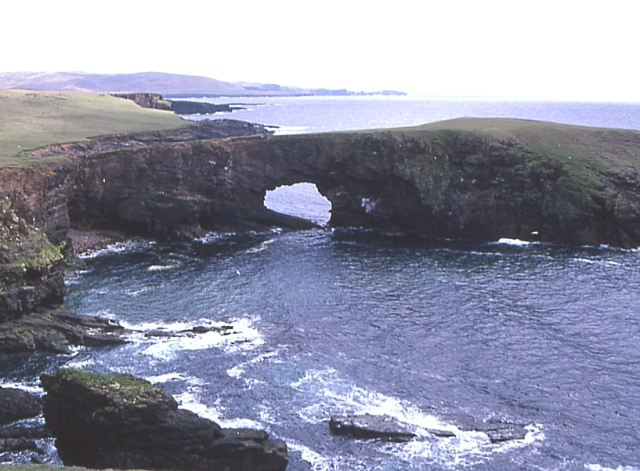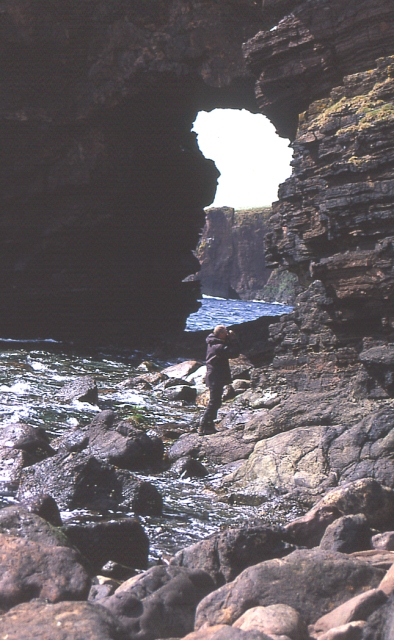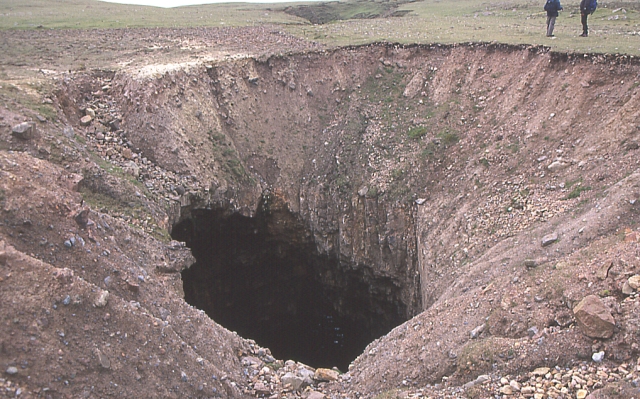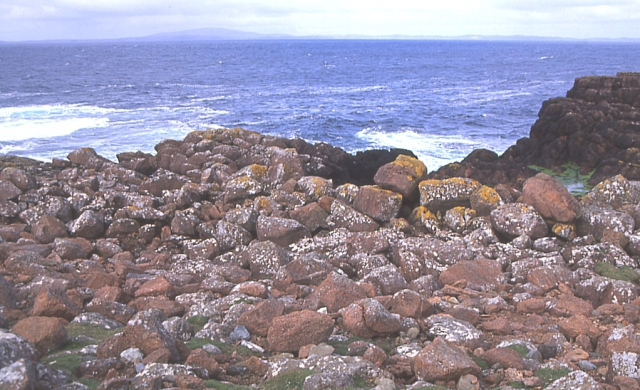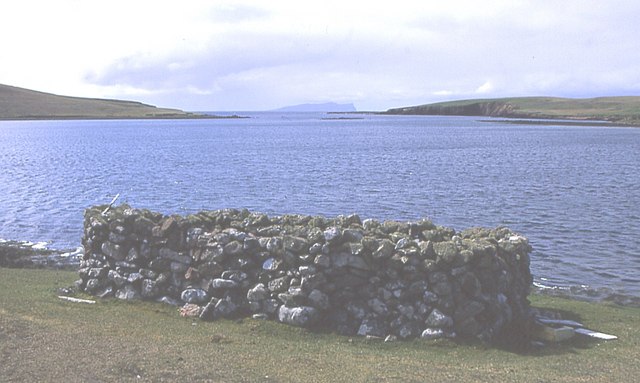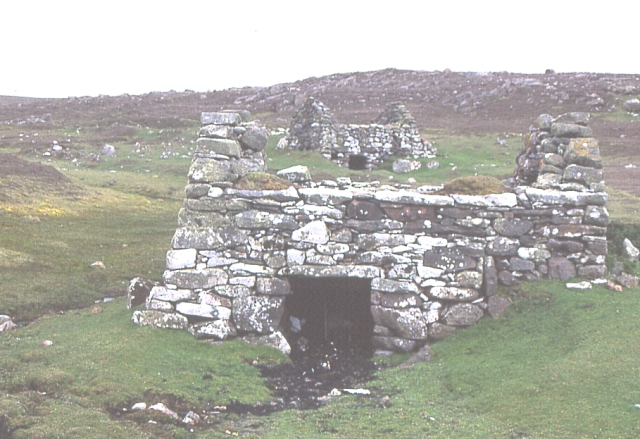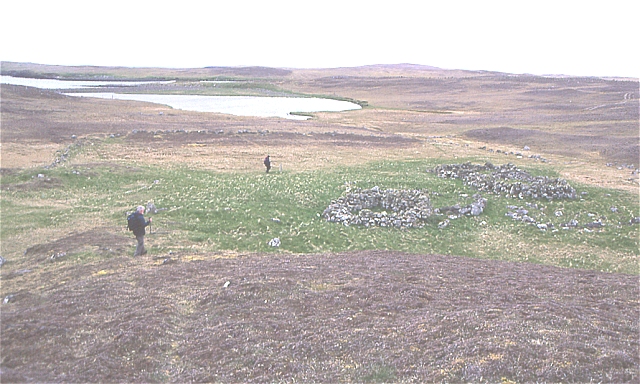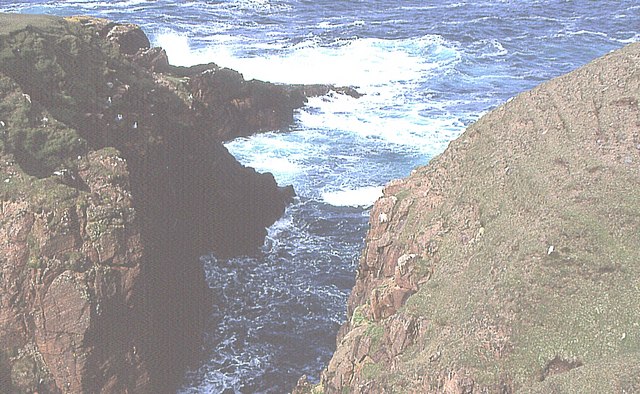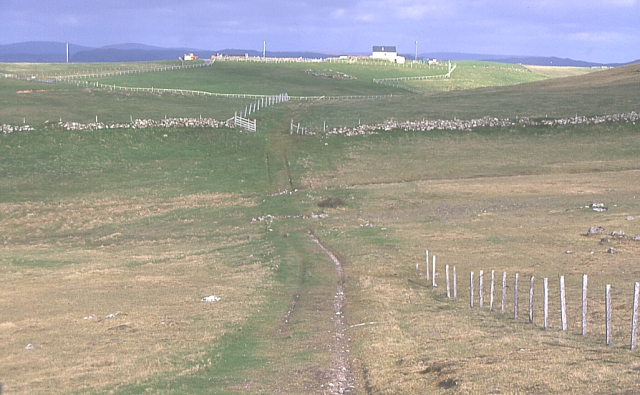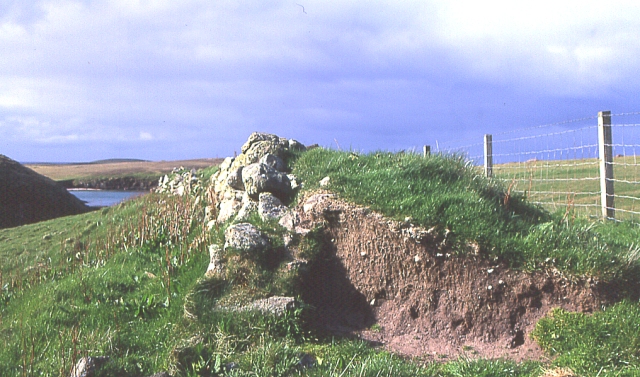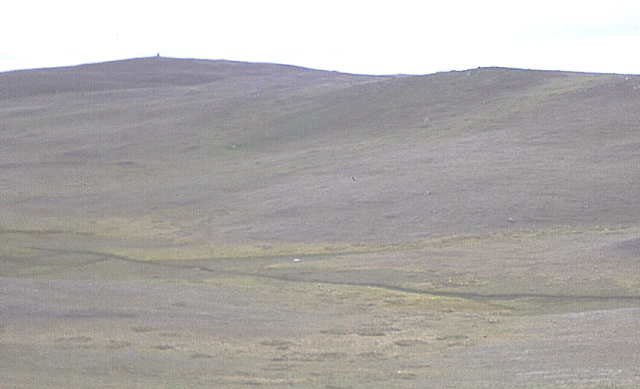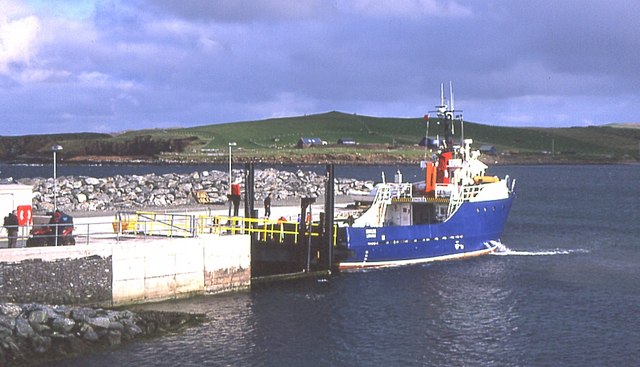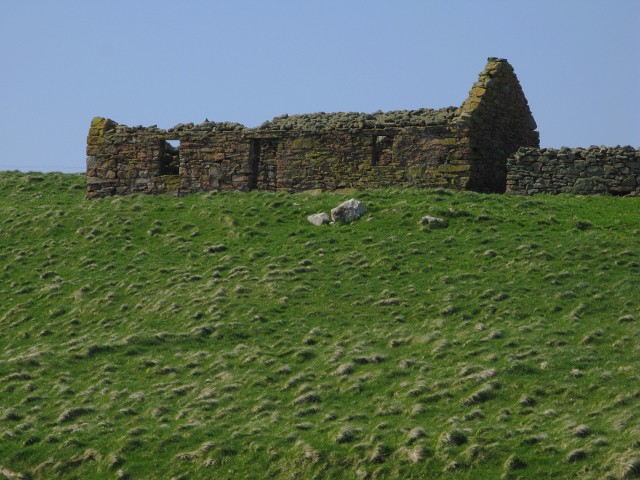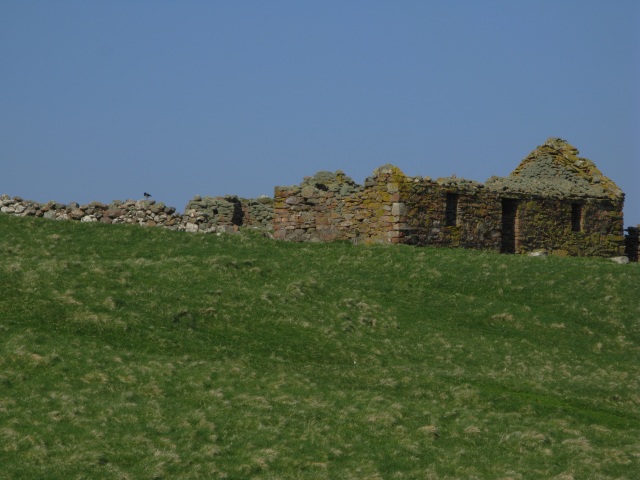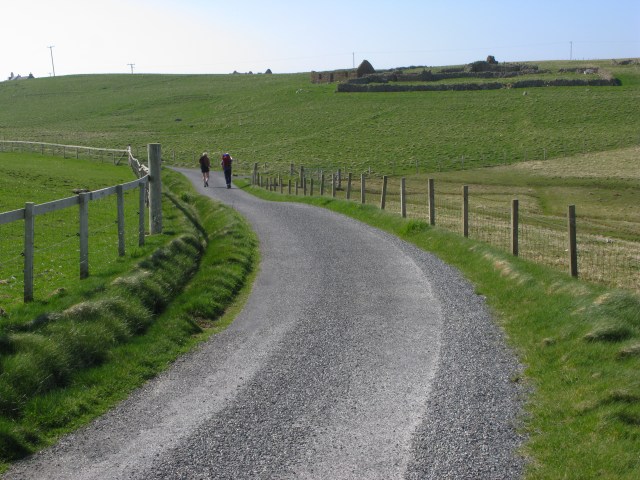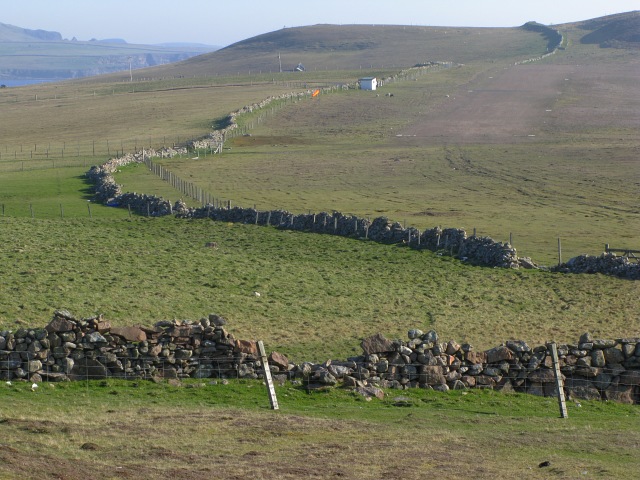Burki Shuns
Lake, Pool, Pond, Freshwater Marsh in Shetland
Scotland
Burki Shuns
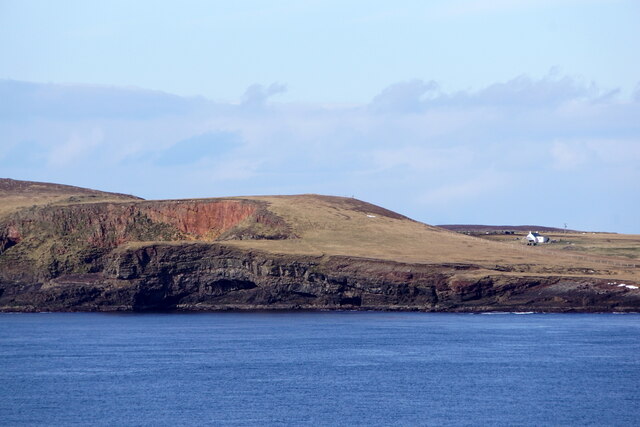
Burki Shuns is a freshwater marsh located in the picturesque region of Shetland. Nestled amidst the rolling hills and verdant landscapes, this body of water is a haven for various aquatic species and an enchanting sight for nature enthusiasts.
Covering an area of approximately 10 acres, Burki Shuns is a shallow water body with an average depth of 3 feet. It is primarily fed by rainwater runoff and small streams that traverse the surrounding marshland. The water in the marsh is typically calm and serene, creating an idyllic atmosphere.
The marsh is rich in biodiversity, hosting a plethora of plant and animal species. Its shallow waters and marshy vegetation provide an ideal habitat for various aquatic plants such as reeds, rushes, and water lilies. These plants not only adorn the marsh but also provide food and shelter for numerous water-dwelling creatures.
Burki Shuns is home to a diverse range of wildlife, including waterfowl, amphibians, and invertebrates. Bird species such as ducks, geese, and swans can often be spotted gracefully gliding across the water or nesting along the marshy banks. Frogs, toads, and newts thrive in the marsh's damp environment, while dragonflies and water beetles zip through the air and water.
The marsh also serves as an important breeding ground for many species, contributing to the overall ecological balance of the region. It attracts birdwatchers and nature photographers who are drawn to its tranquil beauty and abundant wildlife.
Overall, Burki Shuns is a captivating freshwater marsh that offers a glimpse into the natural wonders of Shetland. Its calm waters, lush vegetation, and thriving wildlife make it a must-visit destination for anyone seeking a serene and immersive natural experience.
If you have any feedback on the listing, please let us know in the comments section below.
Burki Shuns Images
Images are sourced within 2km of 60.332368/-1.7021361 or Grid Reference HU1660. Thanks to Geograph Open Source API. All images are credited.
Burki Shuns is located at Grid Ref: HU1660 (Lat: 60.332368, Lng: -1.7021361)
Unitary Authority: Shetland Islands
Police Authority: Highlands and Islands
What 3 Words
///mats.dusters.impulses. Near Walls, Shetland Islands
Nearby Locations
Related Wikis
Papa Stour
Papa Stour (Scots: Papa Stour) is one of the Shetland Islands in Scotland, with a population of under fifteen people, some of whom immigrated after an...
Biggings
Biggings is a village on the island of Papa Stour, in Shetland, Scotland. Papa Stour's church is situated at the south of Biggings. A homestead of Duke...
Papa Stour Airstrip
Papa Stour Airstrip is a small airstrip in the village of Biggings on the island of Papa Stour. Shetland, Scotland. == History == Papa Stour Airstrip opened...
Maiden Stack
The Maiden Stack or Frau Stack is a tiny stack in the western Shetland Islands to the north of Brei Holm and east of Housa Voe in Papa Stour. It is so...
Nearby Amenities
Located within 500m of 60.332368,-1.7021361Have you been to Burki Shuns?
Leave your review of Burki Shuns below (or comments, questions and feedback).
